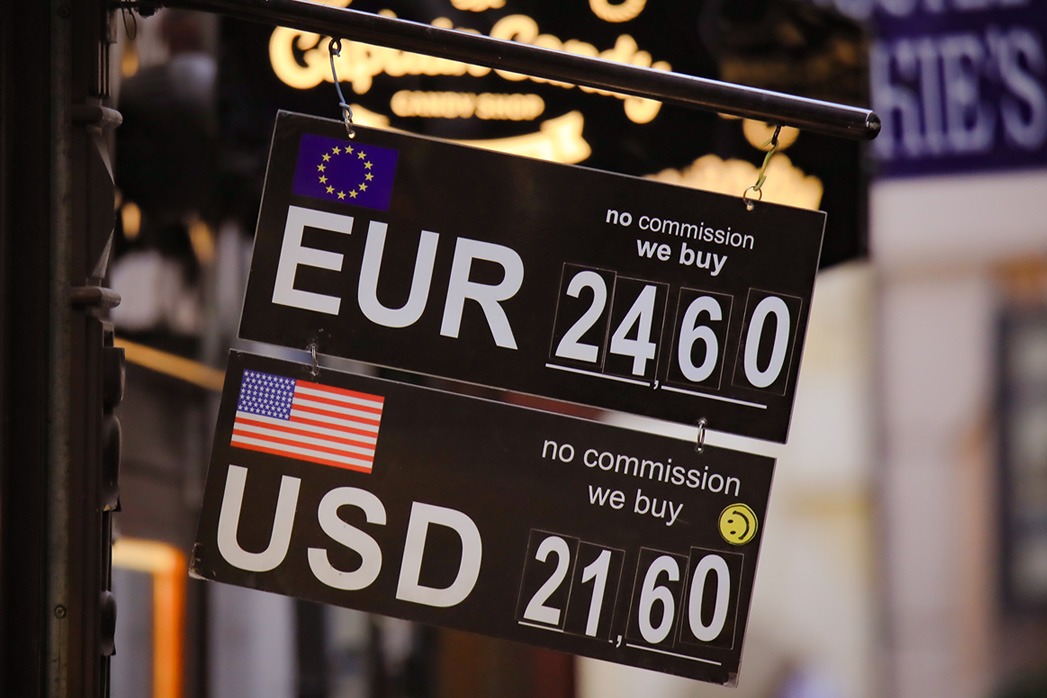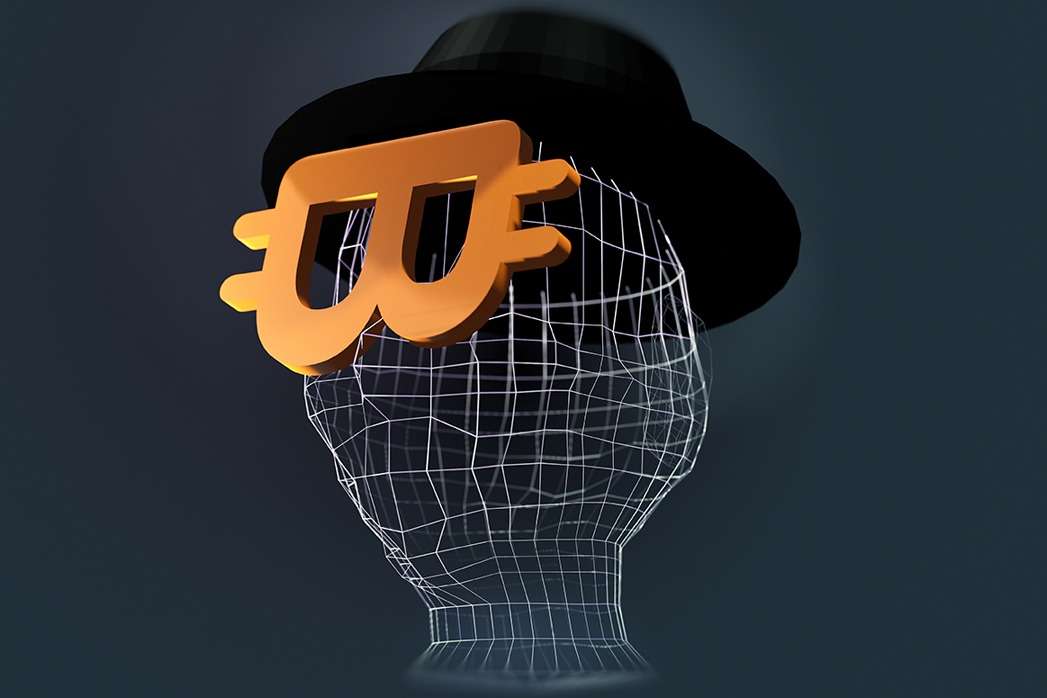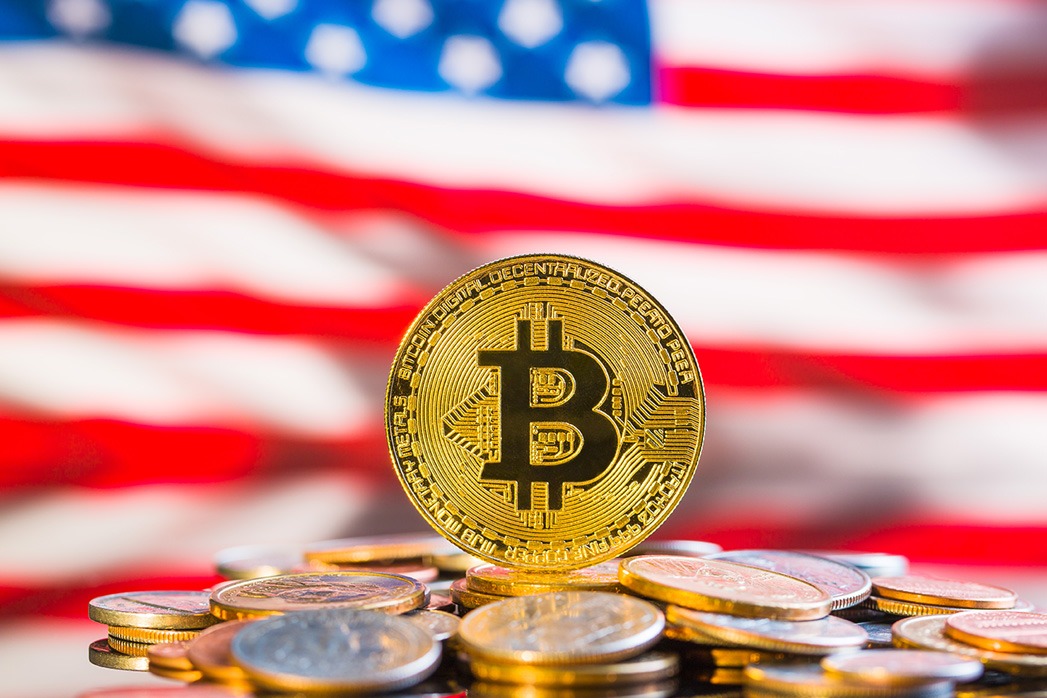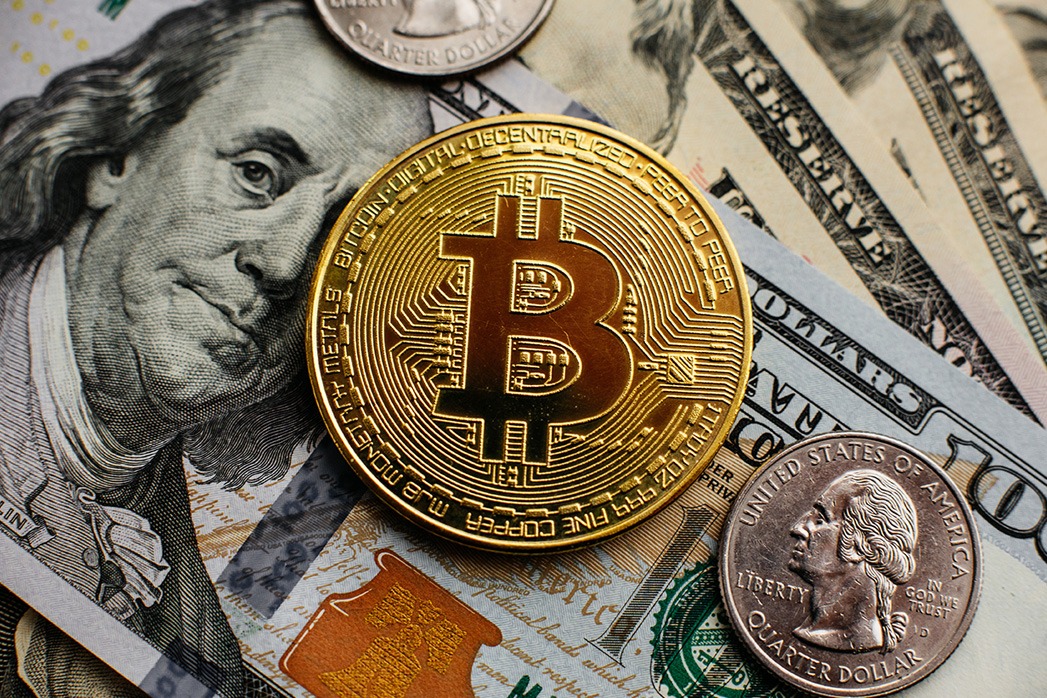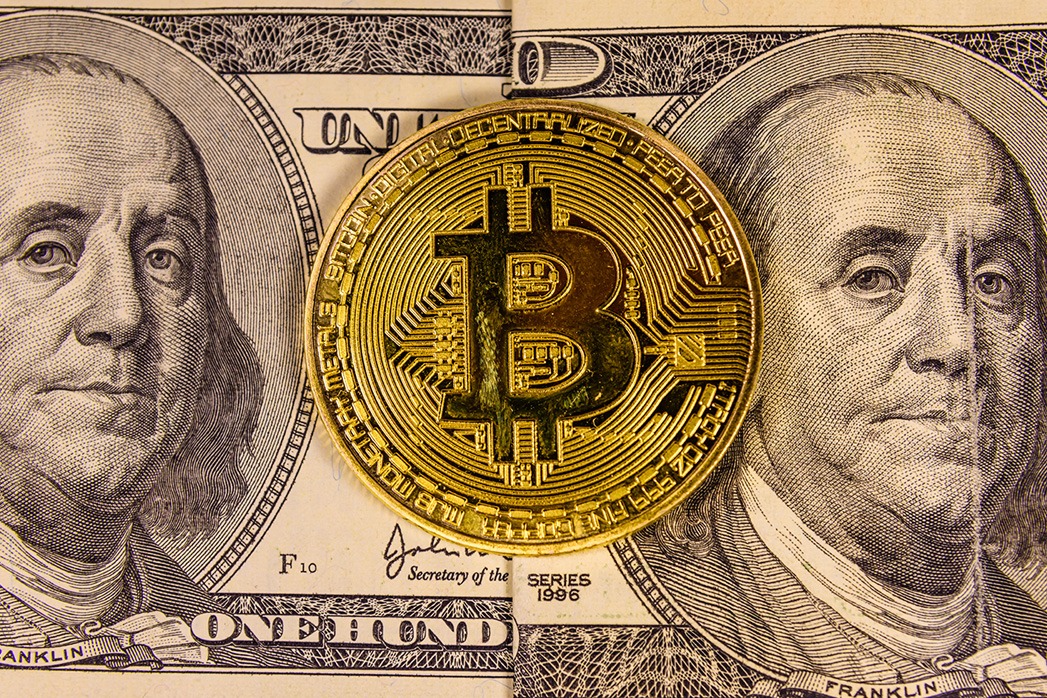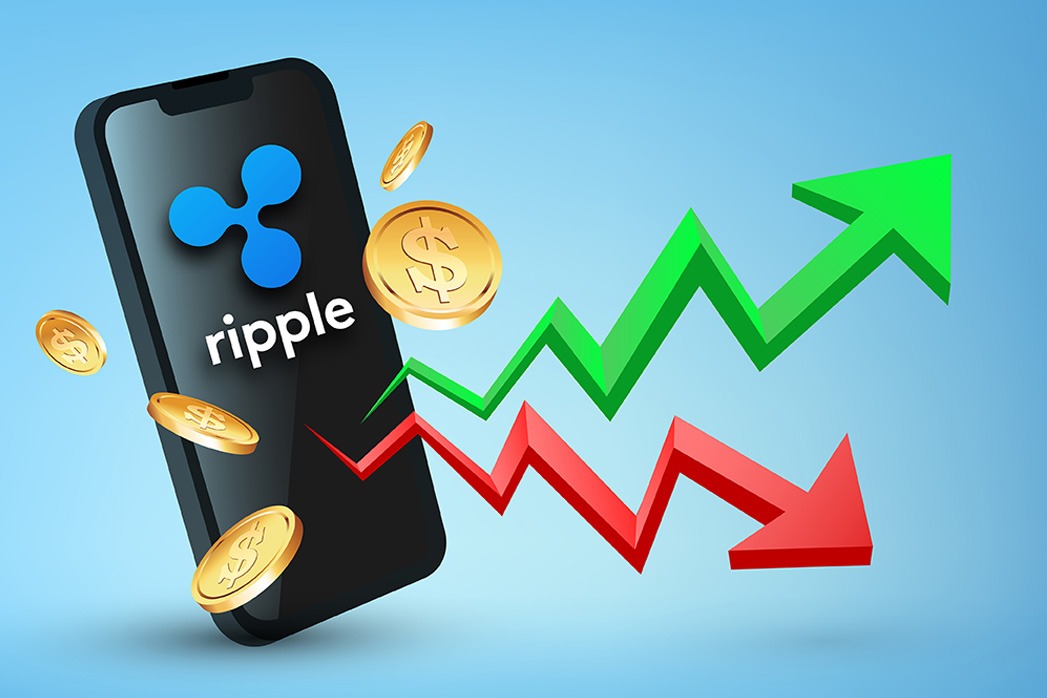Stablecoin Wars: EURC vs USDC – Who Will Power Europe’s Digital Economy?
“In the battle for trust, transparency wins.” – DNA Crypto Knowledge Base.
In 2025, Europe’s digital payments revolution is no longer theoretical — it’s happening in real time.
At the centre of it all are two Stablecoins vying for dominance: EURC (Euro Coin) and USDC (USD Coin).
While the United States leads in crypto ETF adoption, Europe leads in regulation — and under MiCA, Stablecoins have become the compliant backbone of cross-border crypto payments.
The question now isn’t whether Stablecoins will dominate digital finance — it’s which one will power the next phase of Europe’s economy.
Learn more: Global Impact of MiCA
Why Stablecoins Matter More Than Ever
Stablecoins represent the convergence of crypto technology and traditional finance.
They provide digital payment systems that combine the speed of blockchain with the stability of fiat, creating a new layer of liquidity for global trade, Tokenisation, and treasury management.
In 2025, global stablecoin settlement volume exceeds $12 trillion annually, rivalling traditional remittance systems.
Europe’s share is expanding rapidly, thanks to clarity around MiCA, instant payment rails, and growing corporate adoption.
Explore: DeFi and MiCA Regulation
USDC: The Global Standard
Issued by Circle, USDC remains the most recognised and widely integrated stablecoin across both institutional and retail markets.
Key strengths include:
-
– Transparency: Monthly attestations and complete reserve audits.
-
– Banking Access: Reserves held in U.S. Treasuries and regulated banks.
-
– Interoperability: Supported by multiple blockchains, including Ethereum, Solana, and Polygon.
-
– Institutional Partnerships: Integration with Visa, Stripe, and BlackRock tokenised liquidity pilots.
However, MiCA’s Eurozone-specific licensing requirements mean that USDC’s euro-denominated counterpart (EURC) is increasingly positioned to capture regional market share — particularly in regulated payment flows.
Read: Institutional Tokenisation
EURC: Europe’s Answer to USDC
Launched in partnership with Circle and compliant under the EU’s Markets in Crypto-Assets (MiCA) framework, EURC (Euro Coin) is the first fully regulated Euro-pegged stablecoin to gain significant institutional traction.
Its advantages are uniquely European:
-
– MiCA-Ready Compliance: Fully aligned with EU licensing and reporting rules.
-
– Euro Settlement: Direct compatibility with SEPA and cross-border euro payments.
-
– Bank Partnerships: Integrated with European fintech platforms for on-chain B2B payments.
-
– Lower FX Exposure: Eliminates USD volatility for European corporates and investors.
As banks, Fintechs, and payment providers across Europe test tokenised euro liquidity, EURC is quietly building an ecosystem of regulatory-first digital finance.
Explore: MiCA and Investor Protections
The Institutional Perspective: Europe’s Unique Advantage
For institutional investors, Europe’s approach to Stablecoins provides something the U.S. market still lacks — regulatory certainty.
MiCA’s licensing and transparency requirements have created a framework that enables banks, funds, and corporates to legally hold, issue, and transact with Stablecoins under supervision.
Key benefits for institutional users include:
-
– Regulated liquidity operations
-
– Cross-border payment efficiency
-
– Instant euro-denominated settlements
-
– Programmable cash for tokenised securities
Europe’s fintech infrastructure — supported by DNA Crypto and other licensed brokers — is therefore becoming a magnet for compliant digital payments.
DNA Crypto: Enabling Institutional Stablecoin Access
As a VASP-licensed brokerage in Poland, DNA Crypto provides secure, compliant access to EURC and USDC for institutions and corporates.
Our platform supports:
-
– Regulated cross-border stablecoin settlements
-
– On-chain treasury management solutions
-
– Tokenised liquidity provisioning
-
– Education and compliance advisory for MiCA-aligned adoption
At DNA Crypto, we help clients choose the right stablecoin for their jurisdiction, balance sheet, and risk appetite — bridging regulation with innovation.
Learn more: Global Impact of MiCA
The Bottom Line
The stablecoin wars aren’t about competition — they’re about convergence.
USDC provides global reach. EURC provides regulatory depth.
Together, they are laying the foundations of a digitally native financial system — one where institutions can transact globally with instant settlement, low cost, and full compliance.
And at the centre of that future stands DNA Crypto, connecting Europe’s new stablecoin ecosystem to the global economy.
Image Source: Envato Stock
Disclaimer: This article is for informational purposes only and does not constitute legal, tax, or investment advice.

